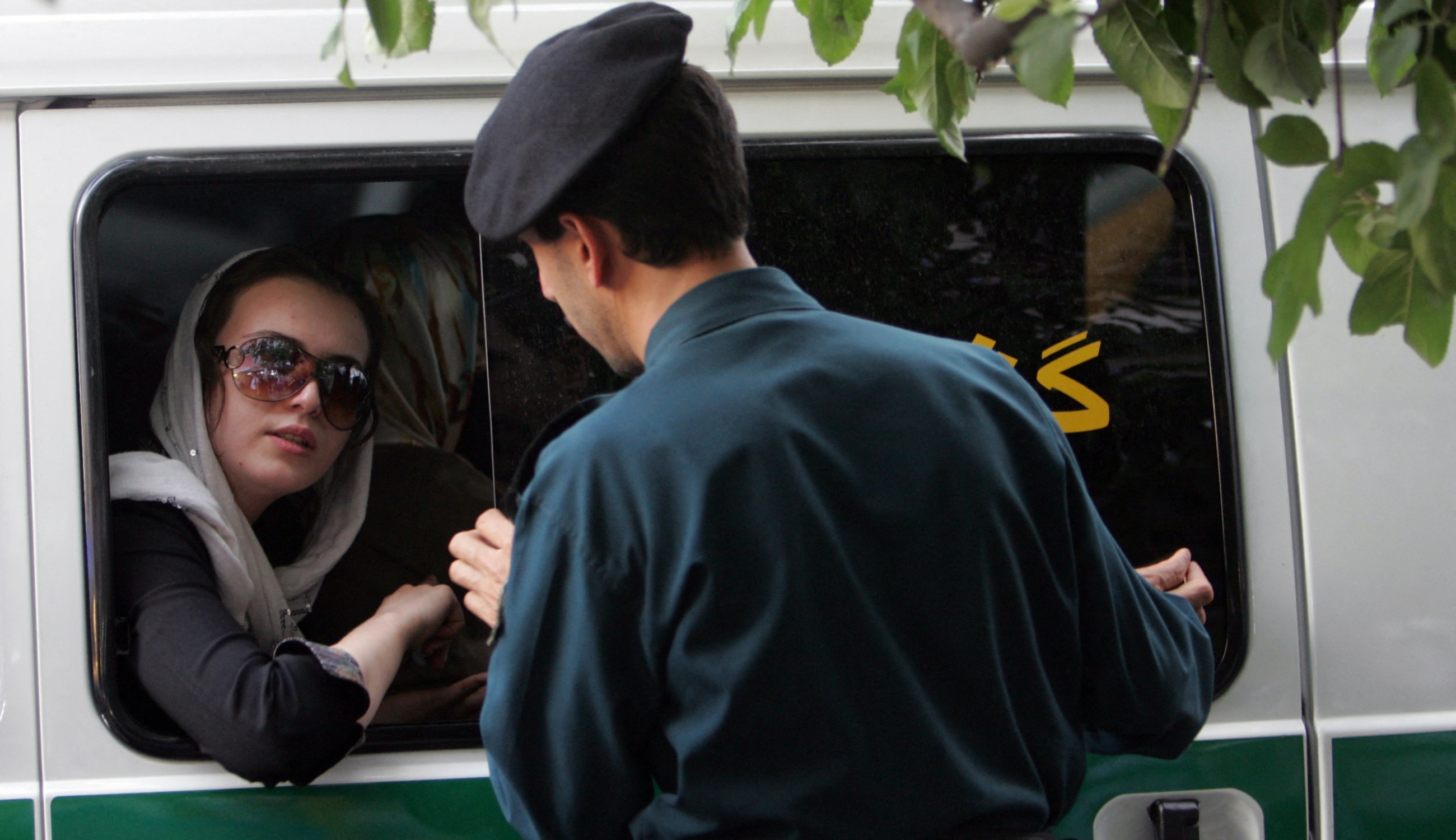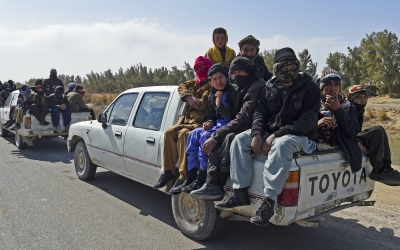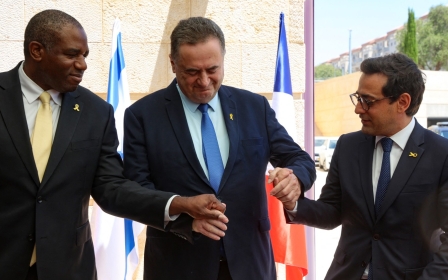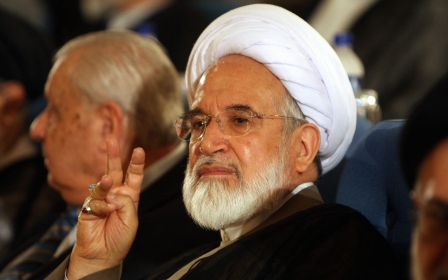Iranian press review: New death sheds light on abuse in police custody

Detainee deaths continue in police custody
In the latest incident of a death in police custody, Iranian national Mohammad Mir Mousavi was killed while detained in Langrood, a city in the country's north.
News of the 36-year-old's death was first reported on 28 August by human rights activists from the Hengaw rights group.
A video showing Mousavi's body, bearing signs of torture, was also shared on the social media platform X.
According to reports, Mir Mousavi, a resident of the village of Seyed Mahaleh, died on 24 August, after his arrest over a brawl.
New MEE newsletter: Jerusalem Dispatch
Sign up to get the latest insights and analysis on Israel-Palestine, alongside Turkey Unpacked and other MEE newsletters
He was reportedly subjected to severe torture at the police station in Langrood, leading to his death.
Hengaw sources said that following Mir Mousavi’s death, security forces, including the prosecutor's office in the Gilan province, threatened his family, warning them against disclosing details of his death.
In a statement regarding Mir Mousavi's death, police officials said the the death happened due to the "uncontrolled anger and emotions" of the officers involved in his arrest.
Elsewhere, as news of Mir Mousavi's death circulated, BBC Farsi released a video sent in by a viewer showing police officers violently forcing a detainee into the back of a police car in the city of Ray.
Iran builds wall on Afghanistan border
Amidst rising xenophobia and growing use of Afghan refugees as scapegoats by political officials who blame them for the country's problems, the government has begun the construction of a fortified border wall with Afghanistan.
On Saturday, a state-owned Iranian newspaper reported that $3.3bn had been allocated for the extensive infrastructure project, which will span five eastern provinces, including Golestan, Khorasan Razavi, North Khorasan, South Khorasan, and Sistan and Baluchestan.
The wall, which is set for completion in five years, will feature a four-meter-high concrete barrier, reinforced with barbed wire and fencing along the border.
In tandem with the wall's construction, Iran has intensified its efforts to detain and deport undocumented Afghan refugees by implementing stricter regulations on their presence within the country.
In a statement outlining the campaign’s objectives, the newspaper Shams argued that “the absence of stringent policies to protect Iran's national interests, security, and territorial integrity has led to an uncontrolled influx of Afghan citizens into the country.”
Speculation grows over sanctions relief talks
With the appointment of Abbas Araghchi as Iran's foreign minister, and Mohammad Javad Zarif as the special assistant to the president, speculation is growing about a new round of negotiations with Washington to lift international sanctions against Iran.
Although the main foreign policy agenda of Iran is determined by the country’s Supreme Leader Ayatollah Ali Khamenei, other institutions are responsible for implementing the leadership's directives.
Discussions about the country’s foreign policy typically heat up whenever a new government takes office.
Following the election of Masoud Pezeshkian, a politician considered moderate in his international posture, a group of analysts have predicted that the new government would seek to reach a new agreement with the US.
Hassan Beheshtipour, a foreign policy expert, said that Iran would directly or indirectly negotiate with the United States.
Arman-e-Melli, a newspaper close to moderate groups in Iran, also reported that the new government will try to lift international sanctions against the country.
"It is not clear whether the government and decision-makers intend to lift the sanctions through the revival of the Joint Comprehensive Plan of Action or through more comprehensive negotiations with the Americans," the daily wrote.
"The new government has consistently emphasised lifting restrictions and reaching an agreement on the nuclear issue," it added.
Poverty devastates education
A severe shortage of funding in Iran’s education sector, coupled with a scarcity of teachers, has contributed to a growing crisis of illiteracy among children and adolescents, the Ham Mihan daily reported.
According to the report, out of every 20 students progressing from sixth to seventh grade in remote and underprivileged provinces, five are unable to read and write at an adequate level.
The situation is particularly dire in Sistan and Baluchistan, Iran’s poorest province, where educational conditions are the worst in the country.
Ham Mihan wrote that in this region, primary school students travelled 10 to 12 kilometres to reach a school, while secondary school students walked 20 to 30 kilometres due to the lack of nearby schools.
A primary school teacher from this region, shared a grim account of his students’ lives.
"Many of my students are forced to sell charcoal instead of focusing on their studies. These children are more concerned with earning money than attending school," he explained.
Middle East Eye delivers independent and unrivalled coverage and analysis of the Middle East, North Africa and beyond. To learn more about republishing this content and the associated fees, please fill out this form. More about MEE can be found here.






